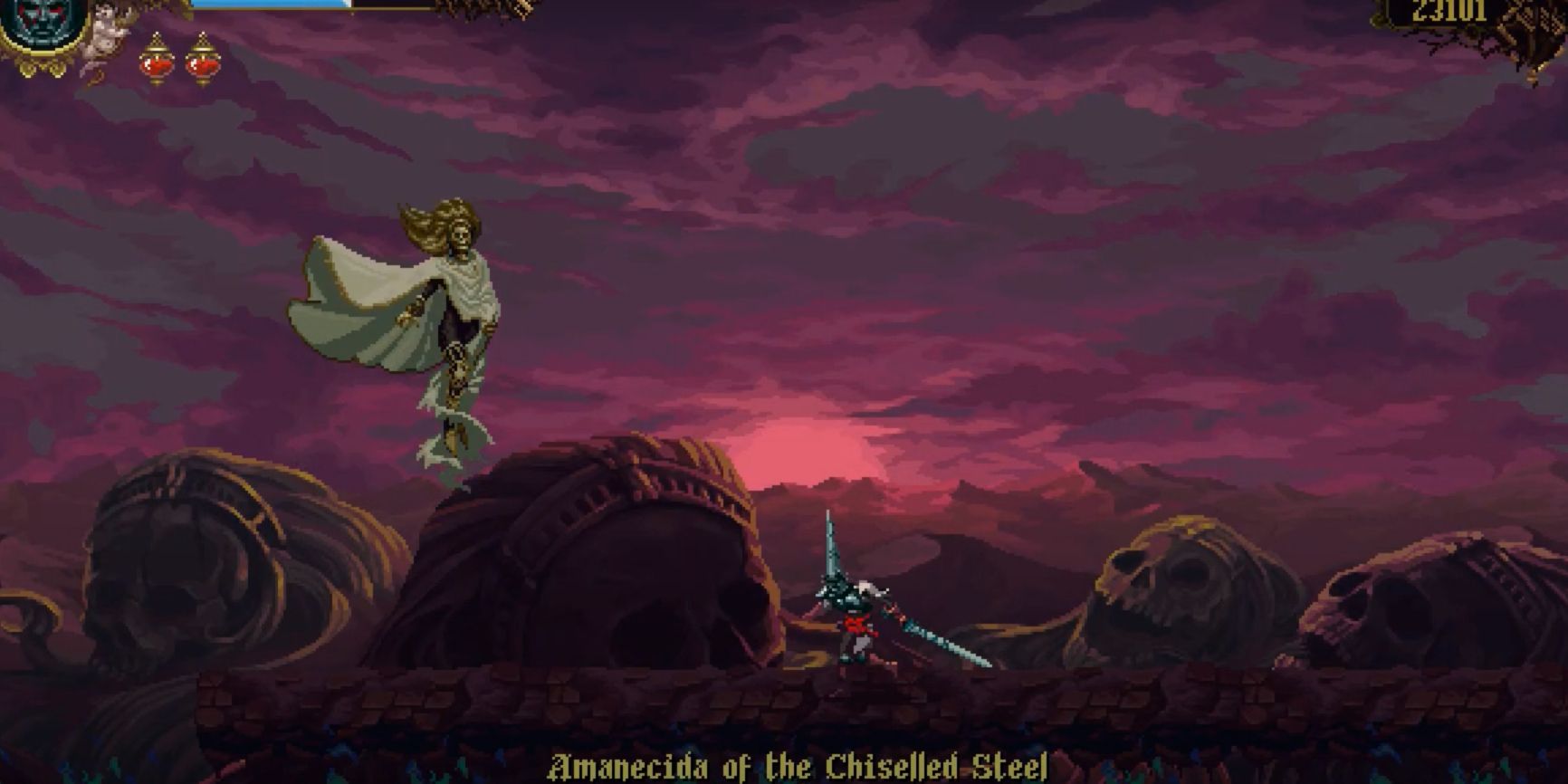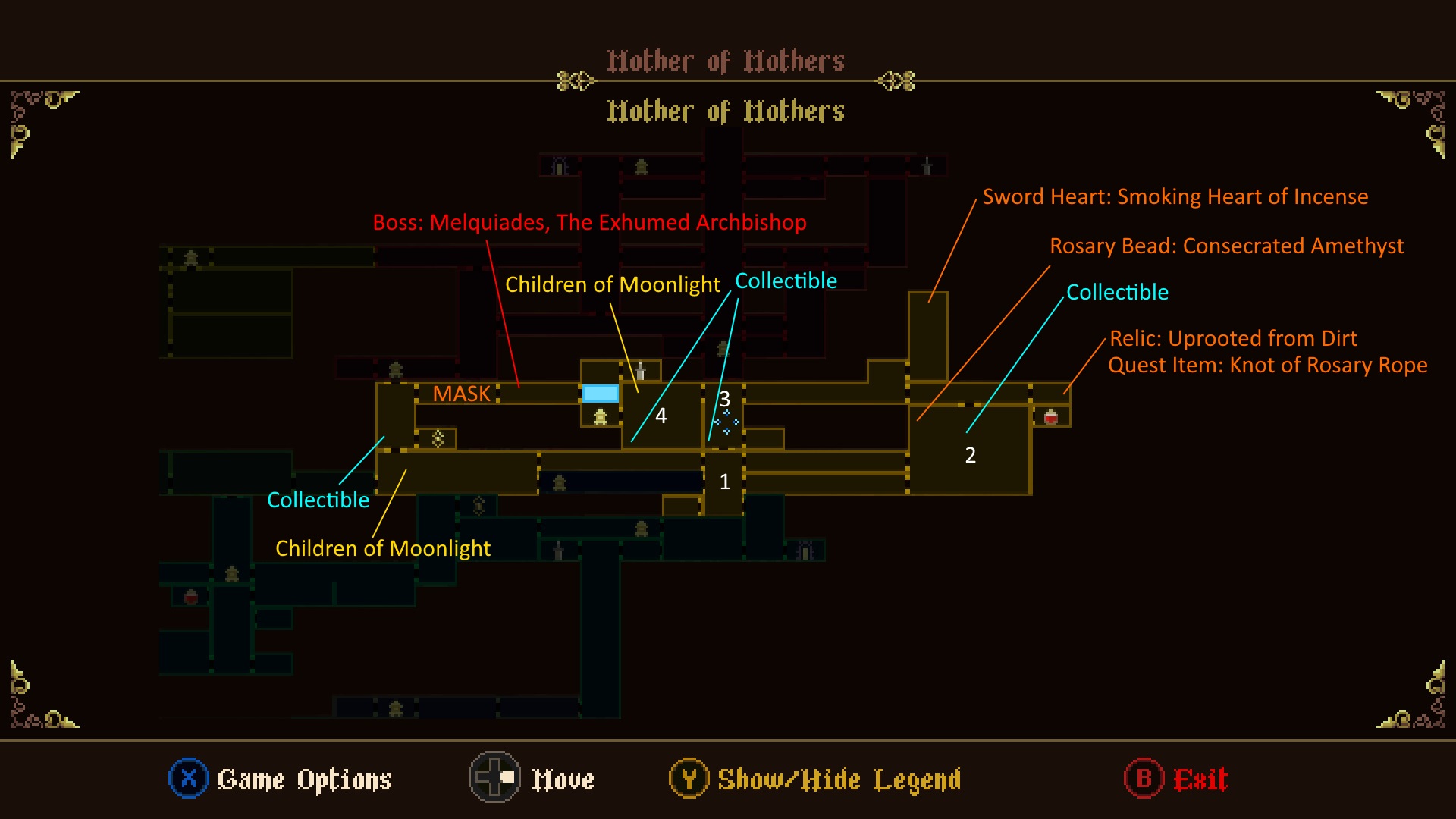

Visually, following are common expressions players might face upon encounter:.To continue with Esdras, narratively this character is introduced to you upon each entry of a new level design section (thrice in total of the game), where he relays dialogues in relation to your journey, and as per the new section you are about to explore. Most games derive fight styles and other subsequent steps such as – toolset and feedbacks following these factors (but it could work the other way around as well, depending on your demand). I mean, design is a fluid space where people are still discovering things which work best / fail day-by-day.īut coming back to the topic, this section mainly encompasses different factors which affect the overall presentation of the character to the player: PresentationĪfter you’ve fulfilled the need for demand, I believe you can tackle the other topics in any order you may want.

Else they’ll just feel like a “gimmick”, or an out of place addition which serves no purpose to the overall experience of the game. It may sound interesting on paper, but just that idea itself might not lend into justifying how the character will fit into your game, no matter how cool it might sound.Īt one point or the other you have to answer for demand. I believe most of them fail because of their purpose of inclusion (AKA demand).įor example: let’s say I wanted to make a lava girl character! Now and then I see characters who on paper sound cool, but lack on execution. “Picture is supposed to depict Blasphemous progression (not actual)” I think Blasphemous chose Esdras because of the need of a strong narrative character build up between early & end bosses available (I think a little bit of it is also to mix up the gameplay loop while the player is progressing through the game). How about looking into different archetypes to enable variety and progression? “Enemy AI list from Spiderman (2018)”ĭo note that you don’t need to restrict yourselves to a singular demand, as there could many sub-demands on why a character could be added into a game. I need progression in how enemies scale through the game.Īnd depending on your demand, you could focus on building your character accordingly.įor example, do you need more artistic variations in your game? Then you can try reusing existing enemy behaviors available (Witcher 3 route):.I need more artistic variations in the game.I need an emotional response from the player.I need new gameplay patterns / variety in the game.I need to introduce a new narrative antagonist.It could be (to name a couple of examples): And unless and until you don’t figure out “WHY” the character is required in the first place, you won’t be able to properly justify their addition into the game. Let’s go through them one-by-one to see how Esdras fits in the picture. You’ll in some form have to deal with the following mentioned points while working on the character:


Now usually you don’t just jump into implementing the character into the engine directly (obviously). And to note, I didn’t mention “ALL” the parameters from the game, but only the main ones to get my points across.Īnyways, following onto the boss we’ll be discussing about… Esdras, of the Anointed Legion It’s also very important for us to understand that these listed parameters can always be mixed to enhance potential pattern combinations possible. Once we understand the limitations of the player toolset, we’ll be able to better understand how we can design our boss around them (we can also apply similar techniques to approach enemy design as well).


 0 kommentar(er)
0 kommentar(er)
